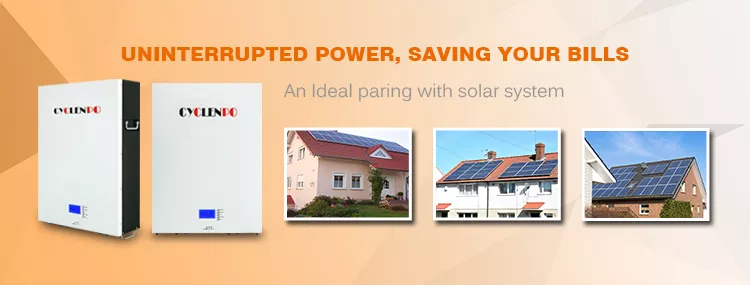What you need to know about energy storage systems
What is an integrated optical storage system?
The main function of a light storage system is to store the energy generated by the solar panels for later use. Storing energy has many benefits, both in terms of cost savings and as a backup in the event of a grid outage. It is composed of photovoltaic system and energy storage system.
The main advantage of installing an optical storage system is that it can provide you with electrical energy, even in poor lighting conditions. At present, the electric energy generated by domestic household photovoltaic systems is transmitted to the national grid, which is the so-called photovoltaic "full on-grid" mode. When the grid goes out, your PV system also stops working, and there is no energy to support your home appliances and mobile phones. When using an optical storage system, the energy can be stored and used at any time, and the utility power can be used when the energy is exhausted.

Are batteries and energy storage systems the same thing?
Different! Batteries are just one form of energy storage, but not all energy storage is made up of batteries. In domestic application scenarios, the most common form of energy storage is batteries, so batteries and energy storage are often used with each other; however, for commercial and industrial and even the entire grid, energy storage systems often have more forms, such as pumped water Energy storage, flywheel energy storage, electromagnetic energy storage, etc.
How energy storage can help renewable energy
This is where energy storage plays an important role in helping the grid integrate more renewable energy. By storing wind and photovoltaic power for later use, energy storage systems can better alter the power supply to meet demand. The national grid under the "carbon neutral, carbon peak" commitment can only achieve its stated goals with the help of energy storage systems.
